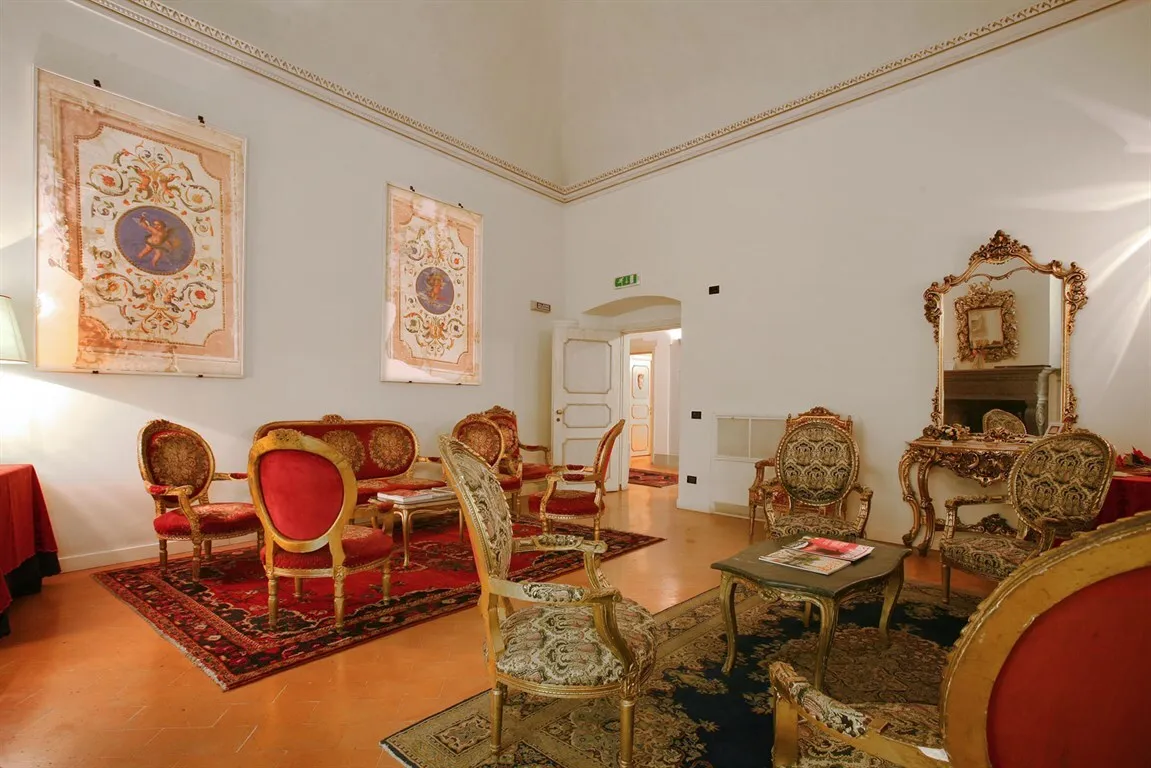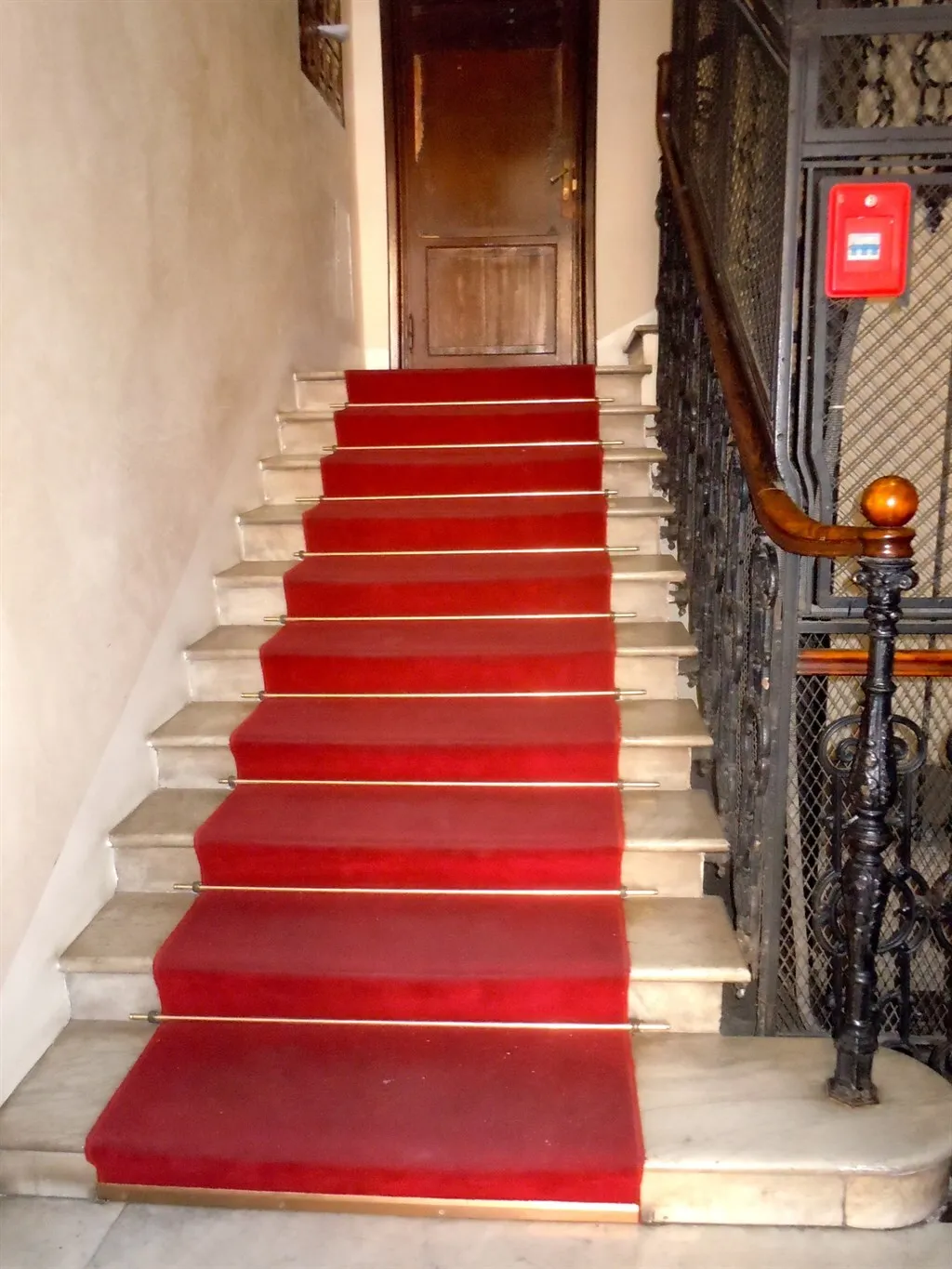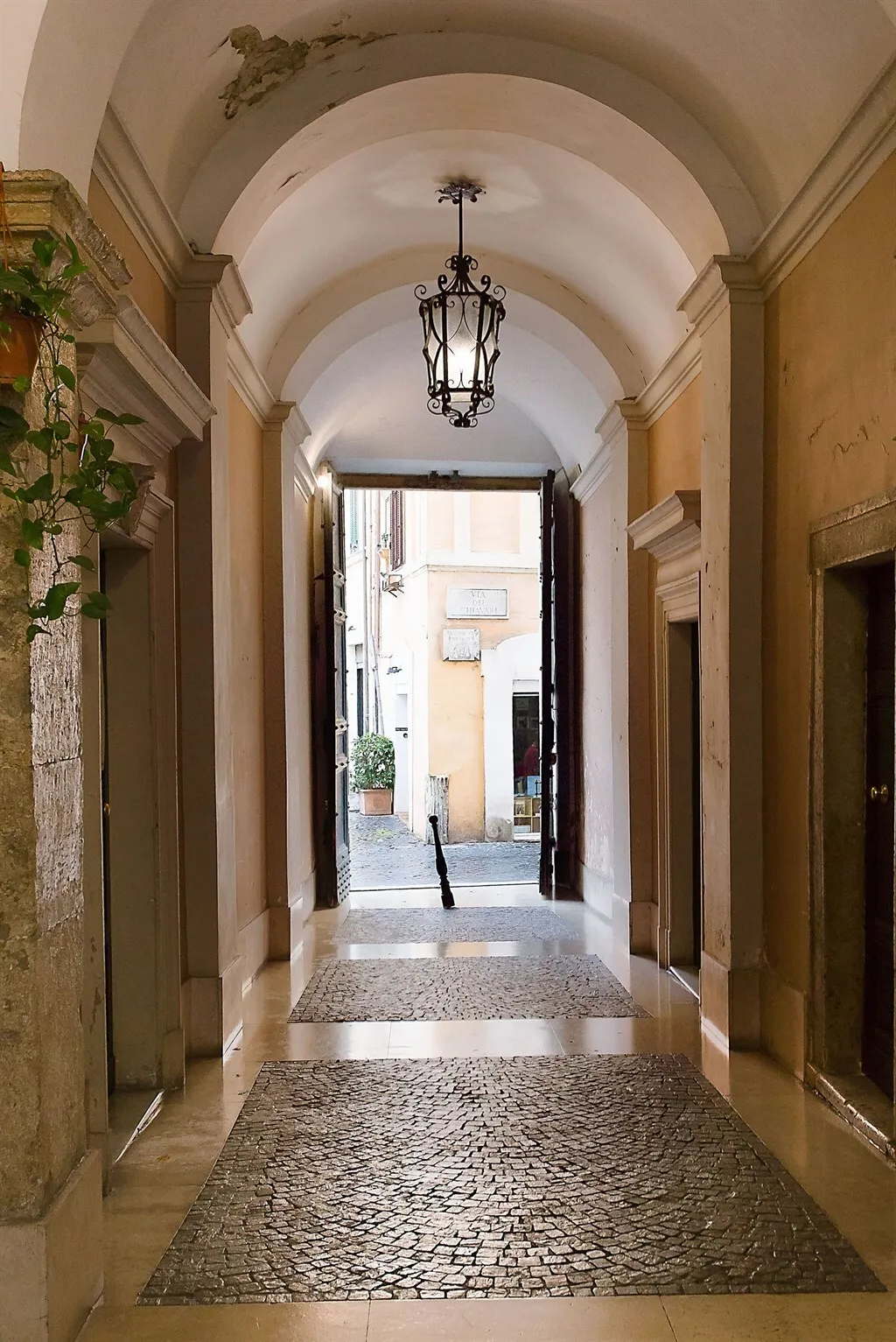Roma Apartment
Italy
Apartment
7 Beds
8 Baths
300 m²
Status:
Free
No. of Rooms:
Living area:
300 m²
Lot Size:
Year:
Floors:
Listing Reference:
rome-4
ROME, Rione Parione, Historic Centre. In Via dei Chiavari, we offer for sale an amateur property entirely restored with high quality materials, a splendid residence particularly suitable for use as a holiday home with very high profitability, already in the luxury short rent circuit.
Located in a historical building in the heart of the Capital, the property is just a few minutes‘ walk from Piazza Navona, Campo de’ Fiori and the major points of artistic, historical and fashionable interest.
The property is composed as follows:
- double entrance, living room with open kitchen, seven large bedrooms all air-conditioned and with en suite bathroom, a guest bathroom, a large storage room; all connected through airy corridors and hallways.
A livable balcony overlooking the Corso and a large cellar complete the property.
The unmissable purchase opportunity includes elegant fixed furnishings, equipment, a holiday home licence and, of course, the goodwill and existing contracts with the main international accommodation provider circuits.
Magnificent housing and investment opportunity.
Details:
Exclusive property
Parione district
300,00 sqm
10.00 sqm balcony
6,00 sqm cellar
Elegant furnishings and equipment
Sale of walls and licence
Documented high profitability
PARION RION
‘The Noble Floor of the City
The Parione is harmoniously set within the bend that the Tiber makes as it laps the Vatican and then descends along the Janiculum; to be exact, it lies between the axis of Corso Rinascimento to the east and that of Via de' Cappellari to the south-west, forming an irregular quadrilateral with its northern corners in Piazza dell'Orologio and Piazza delle Cinque Lune. It does not have a considerable extension, but within it are some of the most famous and suggestive squares, churches, houses and streets in the capital. Suffice it to mention Piazza Navona and Campo de' Fiori, to ignite in the memory of citizens and foreigners alike images and sounds of places of unmistakable charm.
Rome's sixth district by decree of Pope Benedict XIV, it has for its coat of arms a griffin - the well-known Greek mythological creature symbol of pride and nobility - but its name derives from paries, parete, wall: in the sense of ‘ruins’, which in the Middle Ages were referred to as pariones. The ruin is now non-existent; it could be what remained of the enclosures of Domitian's Stadium, or the remains of the sumptuous palace of the Urbe prefect Chromatian: a very tall building, rich in refined mosaics and ornaments of gold and crystal, and embellished with the depiction of an astronomy with celestial signs. Adjacent to the surviving wall, in the vicinity of the Circus Agonale, between the Church of St Thomas in Parione and Piazza Pasquino, there was in fact once a structure called Torre Parione de Campo.
The resident population grew in number until the 15th century, when the district lost its old, bustling and disorderly identity typical of the Middle Ages to acquire a more Renaissance appearance, thanks to the urban improvements carried out under Sixtus IV. Throughout the following century, the renovation of palaces, the widening and paving of streets, and artistic interventions for the aesthetic enhancement of churches and secular buildings favoured new settlements and the flourishing of intense commercial activities. The Parione area was then so urbanistically dense that it was the only area within the Aurelian Wall where built-up land prevailed over vacant land. Transformations continued under successive popes until the mid 18th century, and then followed Domenico Fontana's urban plan throughout the pre-unification period; while the most recent and significant alterations of the district occurred between the late 19th century and the Fascist era.
The geographical heart of the Rione Parione is Piazza Pasquino, which takes its name from the so-called ‘talking statue’, a marble group from the Roman era placed there in 1501. Via del Governo Vecchio branches off from there, corresponding to the ancient Via di Parione, once the route of the papal processions from Castel Sant'Angelo to the Lateran, and today famous for the characteristic shops of antique dealers and artisans. On the opposite side of Piazza Pasquino, the street of the same name leads to Piazza Navona, to which, for the richness of its history and art, and also for the originality of its attractions and the intensity of its tourist movements, countless pages of admiring celebration could be dedicated.
Located in a historical building in the heart of the Capital, the property is just a few minutes‘ walk from Piazza Navona, Campo de’ Fiori and the major points of artistic, historical and fashionable interest.
The property is composed as follows:
- double entrance, living room with open kitchen, seven large bedrooms all air-conditioned and with en suite bathroom, a guest bathroom, a large storage room; all connected through airy corridors and hallways.
A livable balcony overlooking the Corso and a large cellar complete the property.
The unmissable purchase opportunity includes elegant fixed furnishings, equipment, a holiday home licence and, of course, the goodwill and existing contracts with the main international accommodation provider circuits.
Magnificent housing and investment opportunity.
Details:
Exclusive property
Parione district
300,00 sqm
10.00 sqm balcony
6,00 sqm cellar
Elegant furnishings and equipment
Sale of walls and licence
Documented high profitability
PARION RION
‘The Noble Floor of the City
The Parione is harmoniously set within the bend that the Tiber makes as it laps the Vatican and then descends along the Janiculum; to be exact, it lies between the axis of Corso Rinascimento to the east and that of Via de' Cappellari to the south-west, forming an irregular quadrilateral with its northern corners in Piazza dell'Orologio and Piazza delle Cinque Lune. It does not have a considerable extension, but within it are some of the most famous and suggestive squares, churches, houses and streets in the capital. Suffice it to mention Piazza Navona and Campo de' Fiori, to ignite in the memory of citizens and foreigners alike images and sounds of places of unmistakable charm.
Rome's sixth district by decree of Pope Benedict XIV, it has for its coat of arms a griffin - the well-known Greek mythological creature symbol of pride and nobility - but its name derives from paries, parete, wall: in the sense of ‘ruins’, which in the Middle Ages were referred to as pariones. The ruin is now non-existent; it could be what remained of the enclosures of Domitian's Stadium, or the remains of the sumptuous palace of the Urbe prefect Chromatian: a very tall building, rich in refined mosaics and ornaments of gold and crystal, and embellished with the depiction of an astronomy with celestial signs. Adjacent to the surviving wall, in the vicinity of the Circus Agonale, between the Church of St Thomas in Parione and Piazza Pasquino, there was in fact once a structure called Torre Parione de Campo.
The resident population grew in number until the 15th century, when the district lost its old, bustling and disorderly identity typical of the Middle Ages to acquire a more Renaissance appearance, thanks to the urban improvements carried out under Sixtus IV. Throughout the following century, the renovation of palaces, the widening and paving of streets, and artistic interventions for the aesthetic enhancement of churches and secular buildings favoured new settlements and the flourishing of intense commercial activities. The Parione area was then so urbanistically dense that it was the only area within the Aurelian Wall where built-up land prevailed over vacant land. Transformations continued under successive popes until the mid 18th century, and then followed Domenico Fontana's urban plan throughout the pre-unification period; while the most recent and significant alterations of the district occurred between the late 19th century and the Fascist era.
The geographical heart of the Rione Parione is Piazza Pasquino, which takes its name from the so-called ‘talking statue’, a marble group from the Roman era placed there in 1501. Via del Governo Vecchio branches off from there, corresponding to the ancient Via di Parione, once the route of the papal processions from Castel Sant'Angelo to the Lateran, and today famous for the characteristic shops of antique dealers and artisans. On the opposite side of Piazza Pasquino, the street of the same name leads to Piazza Navona, to which, for the richness of its history and art, and also for the originality of its attractions and the intensity of its tourist movements, countless pages of admiring celebration could be dedicated.
Listed Jan 5, 2025
Saves 0
Views 0
Features
 Terrace
Terrace Balcony
Balcony Wine Cellar
Wine Cellar




